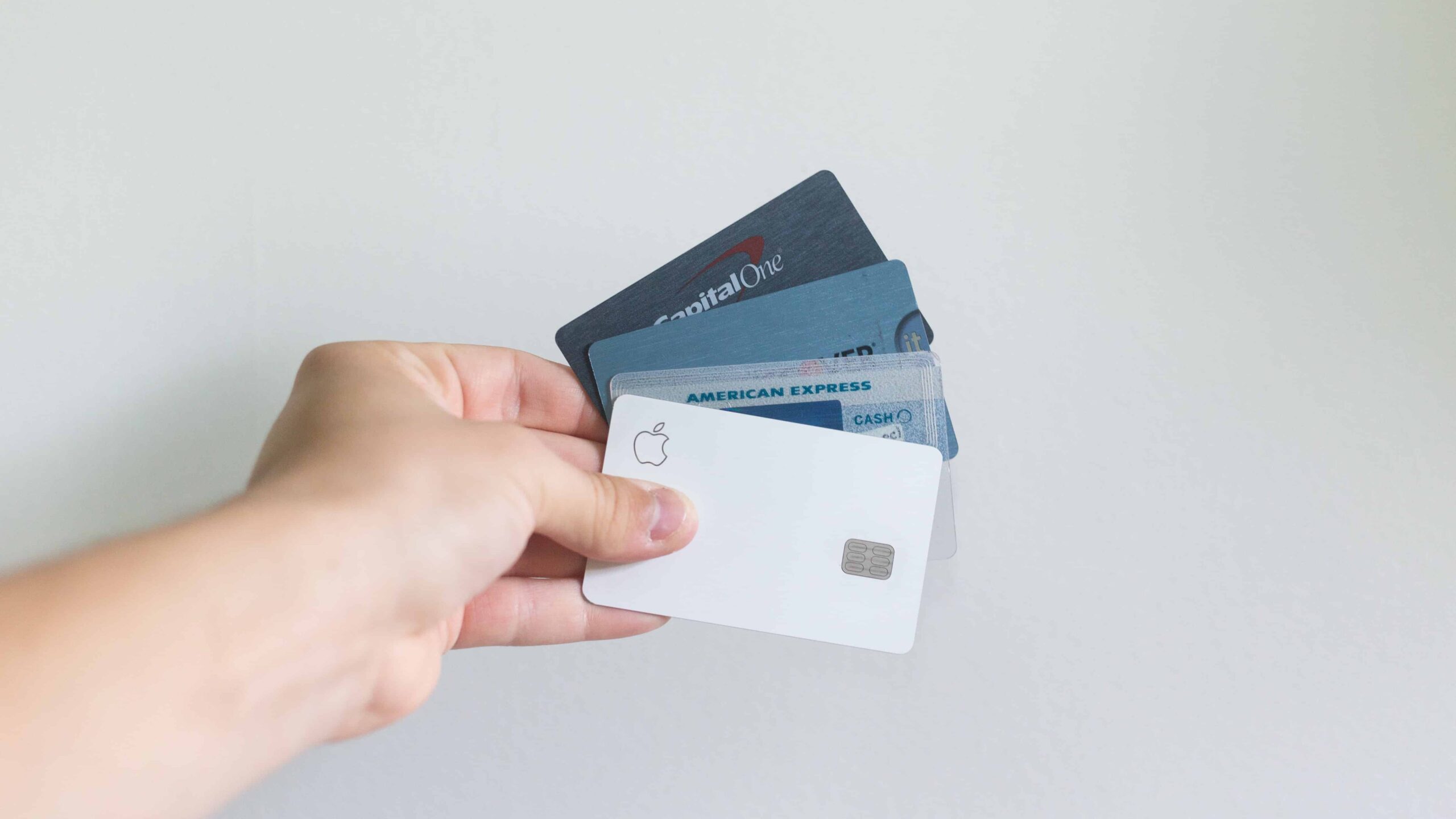Common Causes of Bathroom Door Lockouts

Bathroom door lockouts are a common household problem, often happening at the most inconvenient times. Whether it’s a child playing with the lock, a broken handle, or a lost key, these situations can leave you stranded inside or outside the bathroom. Understanding the common causes of bathroom door lockouts can help you prevent them or be better prepared to handle them when they occur.
Accidental Locking
Accidental locking is a frequent reason for bathroom door lockouts. This typically happens when someone inadvertently turns the knob or lever while entering or exiting the bathroom, leaving the door locked. This is especially common with children who may be playing with the lock or unaware of how to properly operate it.
Troubleshooting Techniques for Unlocked Bathroom Doors: How To Unlock Your Bathroom Door
Okay, so you’ve checked the obvious, right? The door isn’t actually locked, but it’s stuck. Now, let’s get into some troubleshooting techniques to figure out what’s going on and hopefully get that door open.
Checking if the Door is Truly Locked, How to unlock your bathroom door
It’s super important to first make sure the door isn’t actually locked. Sometimes, the latch might be stuck, making it seem like the door is locked when it’s not.
Here’s what you can do:
- Check the handle: Try gently jiggling the door handle. If it moves freely, the door is likely not locked, but something is jamming the latch.
- Push the door: Give the door a gentle push or pull. If it moves slightly, it’s probably not locked, but something is preventing it from opening fully.
- Look for signs of obstruction: Check if there’s anything blocking the door, like a rug, a piece of furniture, or even a child’s toy.
Unlocking the Door with a Credit Card or Thin Metal
If the door isn’t actually locked, you can try using a credit card or a thin piece of metal to try and dislodge the latch.
- Insert the card: Carefully insert the credit card or metal between the door frame and the door, near the latch.
- Gently pry: Use a gentle prying motion to try and dislodge the latch. You may need to adjust the angle of the card or metal to find the right spot.
- Be careful: Don’t use excessive force, as you could damage the door or the frame.
Checking the Door Latch Mechanism
If the credit card trick doesn’t work, you might need to check the door latch mechanism itself.
- Remove the door handle: If possible, remove the door handle to get a better look at the latch mechanism.
- Inspect the latch: Check for any obstructions, like a piece of debris, or damage to the latch itself.
- Lubricate the latch: If the latch is dry, you can try lubricating it with a bit of WD-40 or another type of lubricant.
Troubleshooting Methods for Different Door Locks
Here’s a table that Artikels some common types of door locks and their corresponding troubleshooting methods:
| Type of Lock | Troubleshooting Methods |
|---|---|
| Standard Lever Handle Lock | Check for obstruction, lubricate the latch, try using a credit card. |
| Deadbolt Lock | Check if the deadbolt is fully retracted, use a credit card to try and dislodge the latch, inspect for damage. |
| Privacy Lock | Check if the privacy latch is engaged, use a credit card to try and dislodge the latch, check for any obstructions. |
Emergency Solutions for Locked Bathroom Doors

Sometimes, even after trying all the troubleshooting techniques, you might still find yourself locked out of your bathroom. In such situations, it’s crucial to have a plan for emergency solutions. Here are some options to consider:
Calling a Locksmith
Calling a locksmith is often the most reliable and efficient way to unlock a bathroom door. Locksmiths are trained professionals equipped with specialized tools and expertise to handle even the most challenging lockouts.
- Advantages: Locksmiths are skilled at opening doors without causing damage. They can also rekey locks or replace damaged hardware if necessary.
- Disadvantages: Hiring a locksmith can be expensive, and it may take some time for them to arrive, depending on their availability and your location.
Attempting to Force the Door Open
While tempting, attempting to force the door open with tools like a credit card or a screwdriver can be risky. It can damage the door, the frame, or the lock mechanism, leading to more significant repair costs.
- Advantages: This method can be quick and inexpensive if successful.
- Disadvantages: This method is highly likely to damage the door or lock, potentially requiring costly repairs.
Alternative Emergency Solutions
If calling a locksmith or forcing the door open doesn’t seem like viable options, consider these alternatives:
- Contacting a Neighbor or Family Member: If you live in an apartment building or have a neighbor you trust, they might be able to help. They might have a spare key or know someone with locksmith experience.
- Calling a Maintenance Person: If you live in a building with a maintenance staff, contact them for assistance. They may have tools and expertise to open the door safely.
Comparing Emergency Solutions
Here’s a table comparing different emergency solutions based on factors like cost, time, and effectiveness:
| Solution | Cost | Time | Effectiveness |
|---|---|---|---|
| Calling a Locksmith | High | Variable | Very High |
| Forcing the Door Open | Low (initially) | Quick (if successful) | Low (risk of damage) |
| Contacting a Neighbor/Family Member | Low | Variable | Variable |
| Calling a Maintenance Person | Variable | Variable | Variable |
